
Click on the images to enlarge.
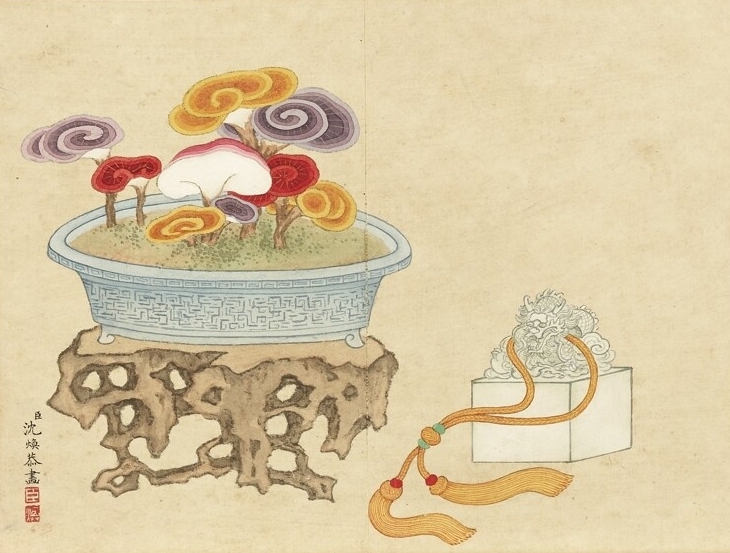
時間:清乾隆至嘉慶年間
Date: During the late 18th and early 19th century, reign of Qing Emperor Qianlong and Jiaqing
主題:清供——室內案頭上用以怡情養性、表現文化內涵和藝術品味的清雅擺設
Theme: In the elegant living room, decorative items are placed on tables for people to admire, serving the dual purpose of delighting oneself and cultivating one's temperament, showcasing the cultural depth and artistic taste of the host.
題材:栽有九株靈芝的盆栽與玉璽
Subjtect: A bonsai with nine Lingzhi fungus, and imperial seal adorned with a carved dragon on the seal knob. The number "nine" symbolized imperial authority in ancient China.
來源:國立故宮博物院藏品
Source: National Palace Museum in Taipei
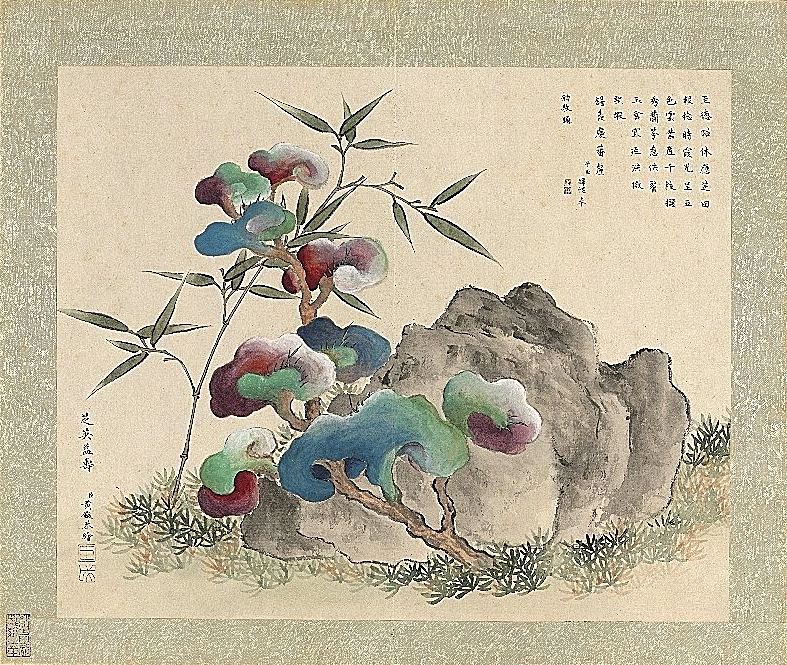
時間:清嘉慶年間(西元1796~1820年)
Date: Early 19th century, during the reign of Qing Emperor Jiaqing
主題:嘉慶皇帝三子愛新覺羅.綿愷為父皇祝壽
Theme: Celebrating the Birthday of Emperor Jiaqing and Wishing for Longevity from His Son
題材:九株靈芝、竹、奇石。九朵靈芝,象徵《詩經》裡描述上天贊美君王恩澤萬民、祝其福壽綿延的九種瑞兆:如山如阜、如岡如陵、如川之方至、如月之恆、如日之升、如南山之壽、如松柏之茂。以九如祝長壽,再美好不過。
Subject: nine Lingzhi Fungus, Bamboo, and Rock. Here, the nine Lingzhi Fungus symbolize the nine auspicious signs described in the oldest existing collection of Chinese poetry "Classic of Poetry (Shijing)," which represent heavenly blessings for the king's longevity.
來源:國立故宮博物院藏品
Source: National Palace Museum in Taipei
時間:明崇禎十一年(西元1638)
Date: 1638, during the reign of Ming Emperor Congzhen
主題:祝壽
Theme: Wishing for Long Life
說明:畫面正中端坐的老年女性人物是前秦時代(西元四世紀)的宣文君,她正在向一群儒生講授《周禮》。這幅作品是陳洪綬為其姑母六十大壽所畫,陳洪綬(1598~1652)以畫中典故來讚揚姑母的博學多聞,並以畫中擺放在桌子上栽有九株靈芝的靈芝盆栽,祝其姑母長壽安康。
Description: The elderly female figure seated in the center of the painting represents Xuan Wenjun from the Former Qin period (4th century AD). She is delivering a lecture on the Rites of Zhou to a group of Confucian scholars. This artwork was created by Chen Hongshou (1598-1652) to celebrate his aunt's 60th birthday. Chen Hongshou used the depicted story to commend his aunt's erudition and wide knowledge, and he placed a potted plant with nine Lingzhi fungus on the table in the painting to wish his aunt longevity and good health.
來源:美國克利夫蘭藝術博物館
Source: The Cleveland Museum of Art
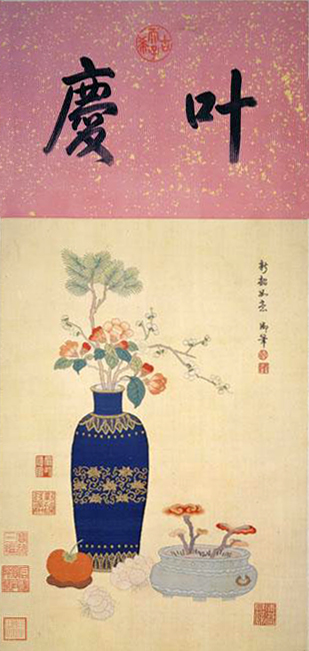
時間:清乾隆年間(在位年間:1735~1796年)
Date: During the 18th century, reign of Qing Emperor Qianlong
主題:祝福新的一年
Theme: Blessing New Year
題材:松枝、梅花與茶花(新春),花瓶(平安),百合與杮子(百事),靈芝盆栽(如意)
Subjects: Early spring plants (pine branch, plum blossom, and camellia) with vase, lily, persimmon, and Lingzhi bonsai. The painting symbolizes "May all your wishes come true" and "Peace and auspiciousness throughout the coming year".
來源:國立故宮博物院藏品
Source: National Palace Museum in Taipei

時間:北宋徽宗崇寧改元年(西元1102年)
Date: 1101, reign of Emperor Song Hui-Zong
主題:祝福新的一年
Theme: Blessing New Year
題材:松枝、梅花與茶花(新春),花瓶(平安),百合與杮子(百事),靈芝盆栽(如意)
Subjects: Early spring plants (pine branch, plum blossom, and camellia) with vase, lily, persimmon, and Lingzhi bonsai. The painting symbolizes "Peace and auspiciousness throughout the coming year" and "May all your wishes come true".
來源:國立故宮博物院藏品
Source: National Palace Museum in Taipei
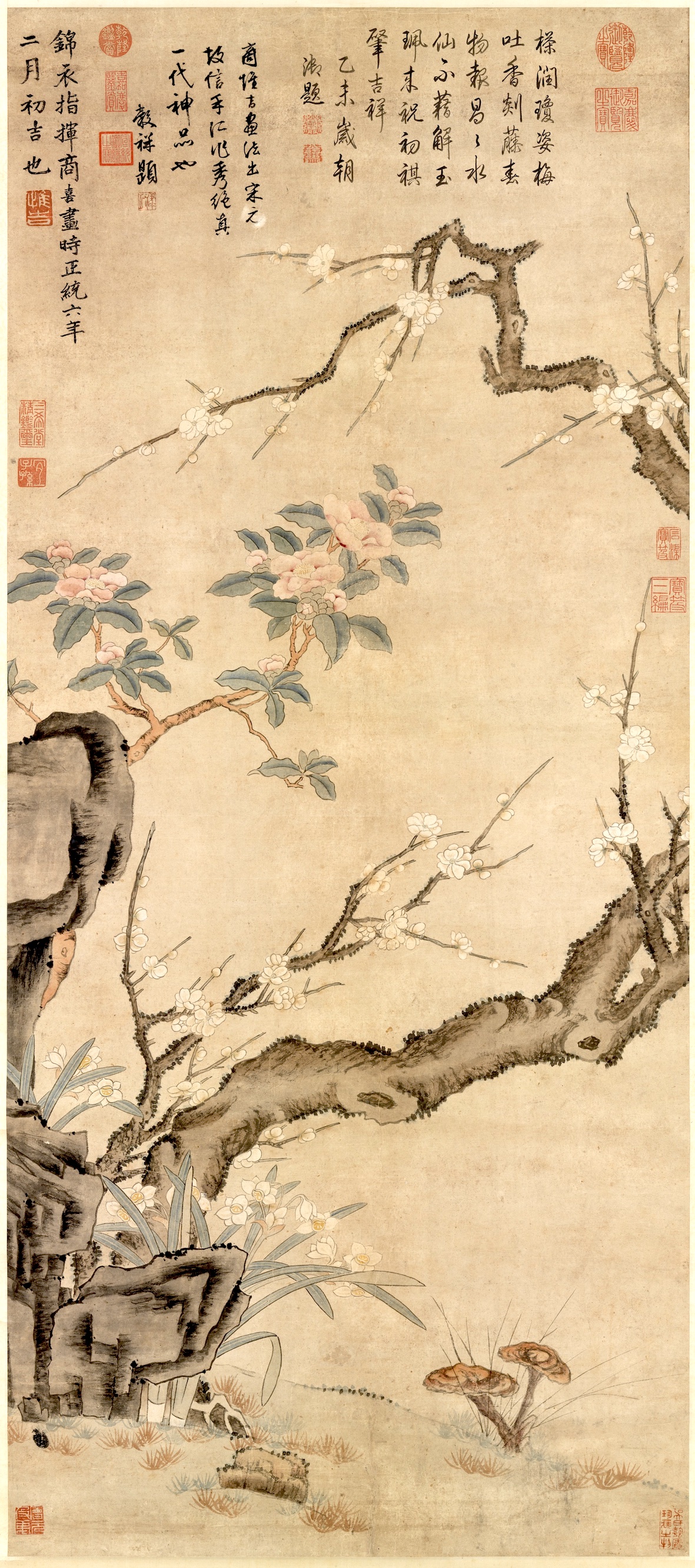
時間:明英宗正統六年(西元1441年)
Date: 1441, reign of Emperor Ming Ying-Zong
主題:祝福新的一年
Theme: Blessing New Year
題材:茶花、梅花、水仙(新春),靈芝(如意),奇石
Subjects: Early spring plants (camellia, plum blossom and narcissus) with Lingzhi and rock. The painting symbolizes auspicious beginnings for the New Year.
來源:國立故宮博物院藏品
Source: National Palace Museum in Taipei
時間:清世宗雍正七年(西元1729年)
Date: 1792, reign of Qing Emperor Yongzheng
主題:祝福新的一年
Theme: Blessing New Year
題材:松枝、梅花、茶花、水仙(新春),靈芝(如意)
Subjects: Early spring plants (pine branch, plum blossom, camellia, narcissus) with Lingzhi. Lingzhi symbolizes hopes for health and the fulfillment of one's wishes.
來源:國立故宮博物院藏品
Source: National Palace Museum in Taipei
時間:推測應出自「指頭畫派」創始者高其佩(清順治至雍正年間的官員和畫家,西元1660~1734年)或其後學之手
Date:17th to 18th Century, Early Qing Period
主題:歲末年終、端午佳節驅邪祈福
Theme: Exorcism and Blessings during the Year-End or Dragon Boat Festival
題材:鍾馗、童僕、插有如意的花瓶、如意上懸掛著玉磬(一種打擊樂器)和蝙蝠(位於左下)
Subjects: Zhong Kui, a young servant, a vase featuring Lingzhi-shaped "ruyi scepter", a jade chime (a percussion instrument) hanging from a ruyi, and bats (located in the bottom left of the painting).
來源:國立故宮博物院藏品
Source: National Palace Museum in Taipei
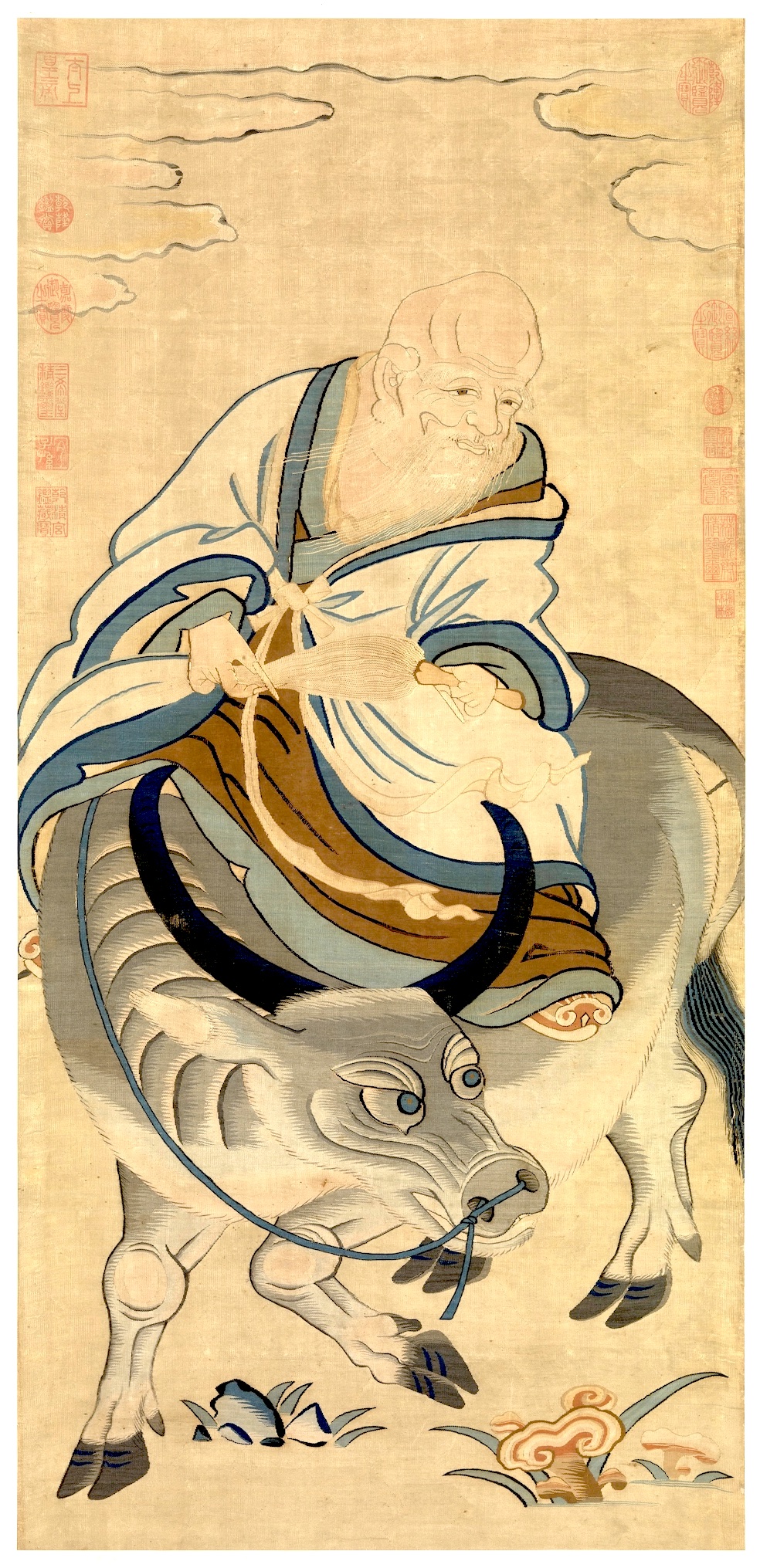
時間:宋朝(西元960~1279年)
Date: Song Dynasty (960-1279)
主題:道教神仙人物
Theme: Daoist Immortal Figures
題材:老子、青牛、靈芝。本圖描繪老子西出函谷關,留下《道德經》的故事
Subjects: Lao Tzu, Blue-Green Ox, and Linzhi. This painting depicts the story of Laozi's departure from Hangu Pass, leaving behind the Tao Te Ching.
來源:國立故宮博物院藏品
Source: National Palace Museum in Taipei
時間:宋高宗(南宋開國皇帝)年間
Date:12th Century(Song Dynasty)
主題:祝壽
Theme: Wishing for Long Life
題材:麻姑、葫蘆、鋤頭、花籃、蓮藕、石榴、菊花、月季、黃芝、紫芝。相傳五百歲的麻姑仍保有少女般的美麗,她在西王母生日當天,以親自釀造的靈芝酒獻給西王母作為生日賀禮,因此古代中國民間常以麻姑畫像作為女性長輩生日的賀禮,而象徵健康長壽的靈芝也經常出現在畫作中。
Subjects: Magu, gourd, hoe, flower basket, lotus root, pomegranate, chrysanthemum, rose, yellow and purple Lingzhi. According to legend, the five-hundred-year-old Magu retained the beauty of a young girl. On the birthday of the Queen Mother of the West, Xiwangmu, she presented a handcrafted Lingzhi wine as a birthday gift. Therefore, in ancient Chinese folklore, portraits of Magu were often used as birthday gifts for elder women. Lingzhi, which represents longevity and health, is also frequently featured in this type of artwork.
來源:國立故宮博物院藏品
Source: National Palace Museum in Taipei
時間:宋朝(西元960~1279年)
Date: Song Dynasty (960-1279)
主題:祝壽
Theme: Wishing for Long Life
題材:駕鶴而來的壽星(南極仙翁)、八仙、鹿、靈芝等
Subject: God of Longevity (Shou Xian) riding on a stork, along with the Eight Daoist Immortals, deer, Lingzhi, and more.
來源:國立故宮博物院藏品
Source: National Palace Museum in Taipei
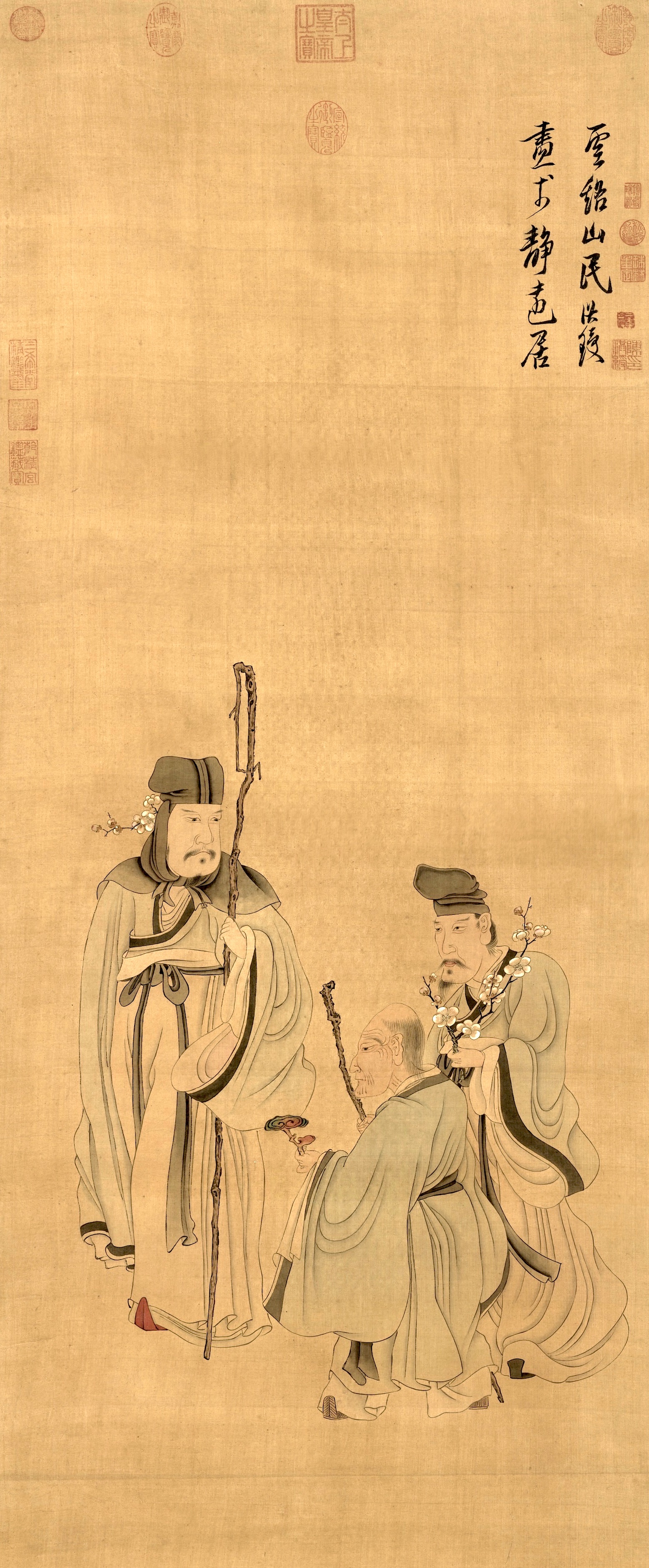
時間:晚明
Date:17th century, during the late Ming Dynasty
主題:福祿壽
Theme: Wishing for Happiness, Wealth, and Health
題材:福星(手持枴杖),祿星(手拿梅花),壽星(手持靈芝)
Subject: Fuxing (God of Happiness) with a walking stick, Luxing (God of Prosperity) with plum blossoms, Shouxing (God of Longevity) with Lingzhi.
來源:國立故宮博物院藏品
Source: National Palace Museum in Taipei
提供/林永裕(點選圖片可放大)
畫作出處/明《賓芝圖及題詠》冊頁(二十四開)
提供/許瑞祥(陳燕龍先生作為禮物繪製)
Photo provided by Ruey-Shyang Hseu, painted by Yan-long Chen as a gift.
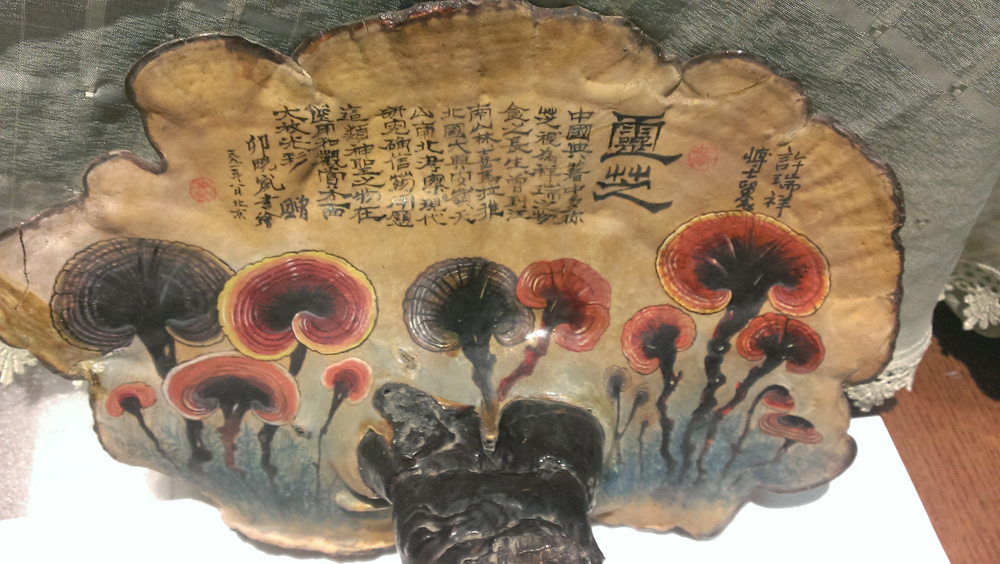
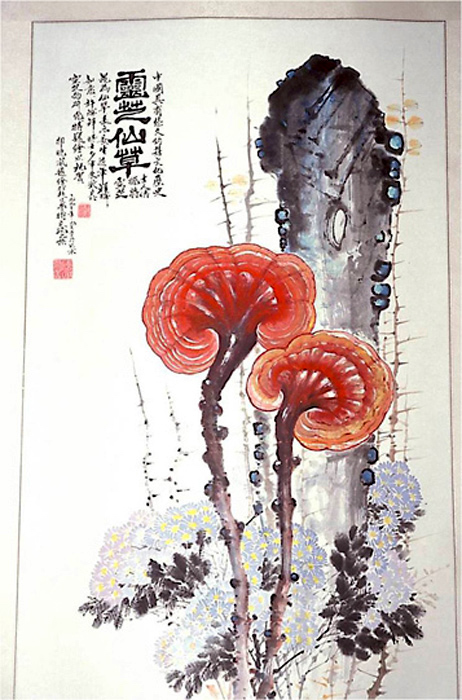
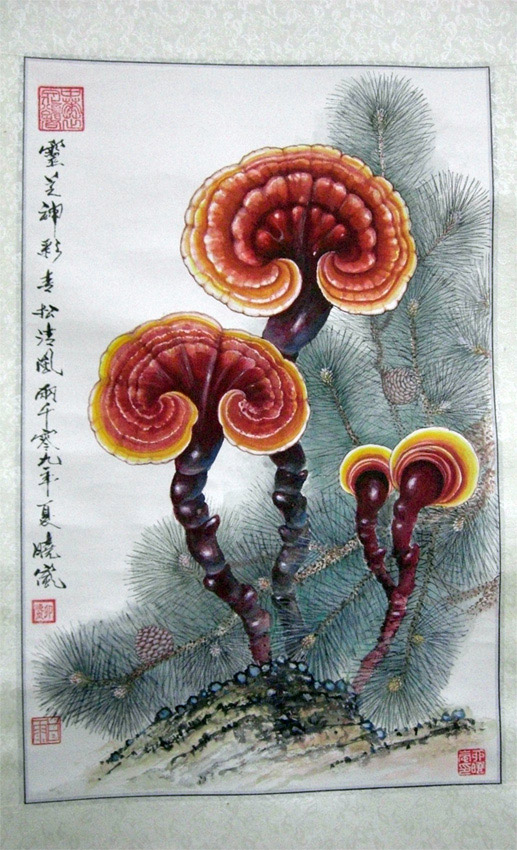
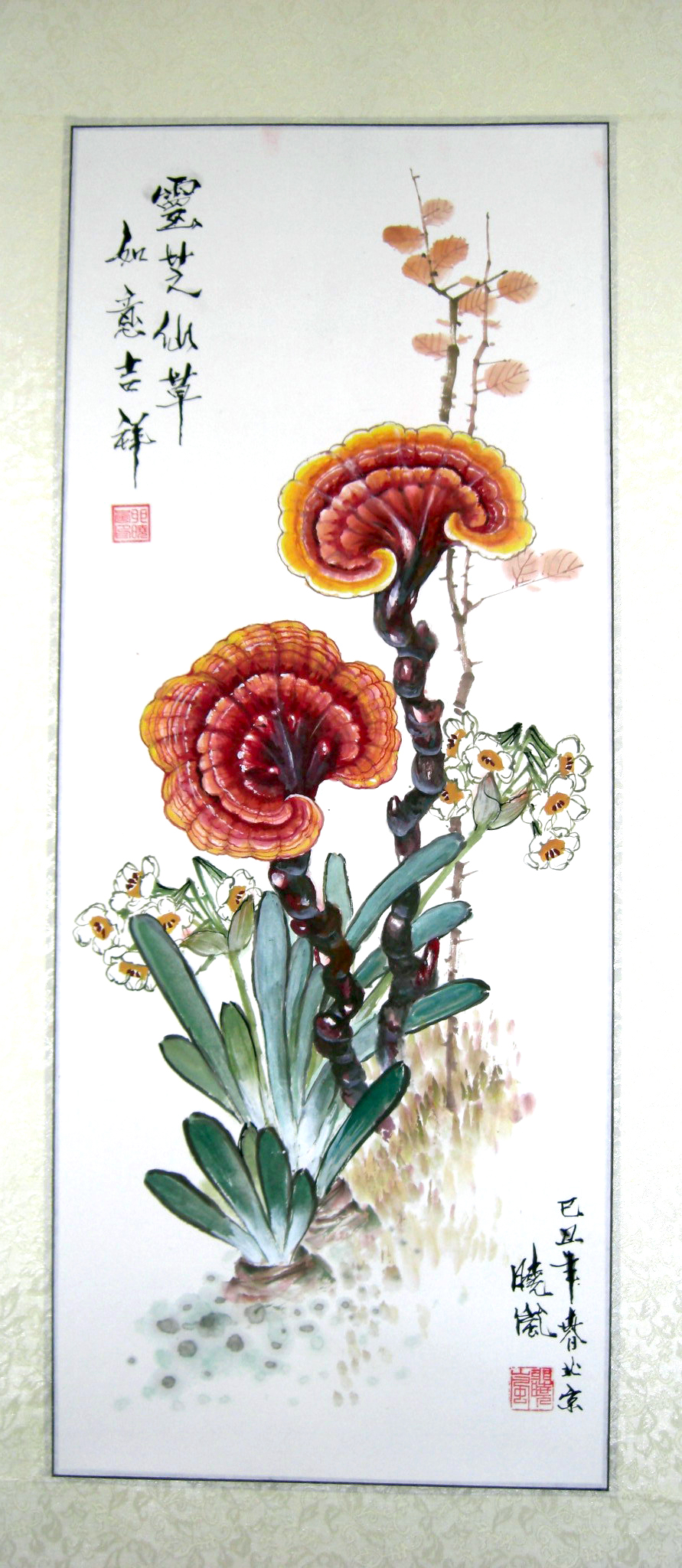
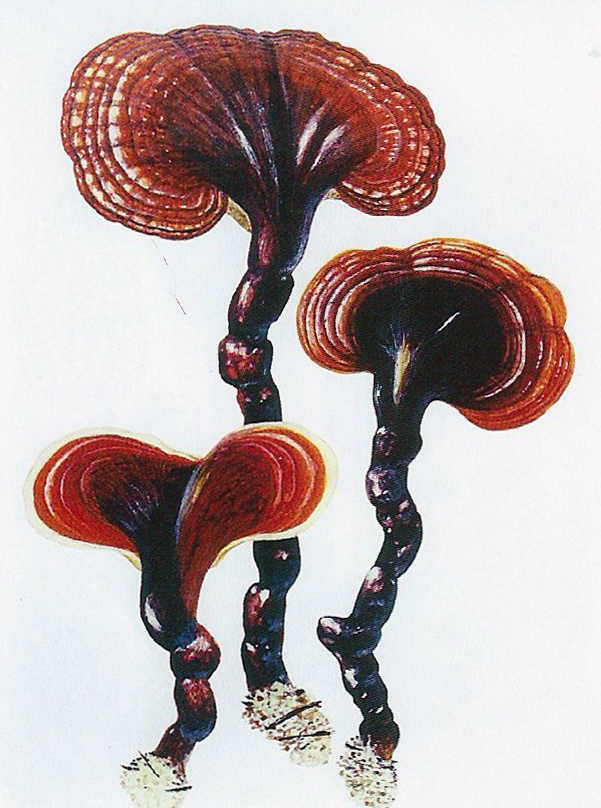
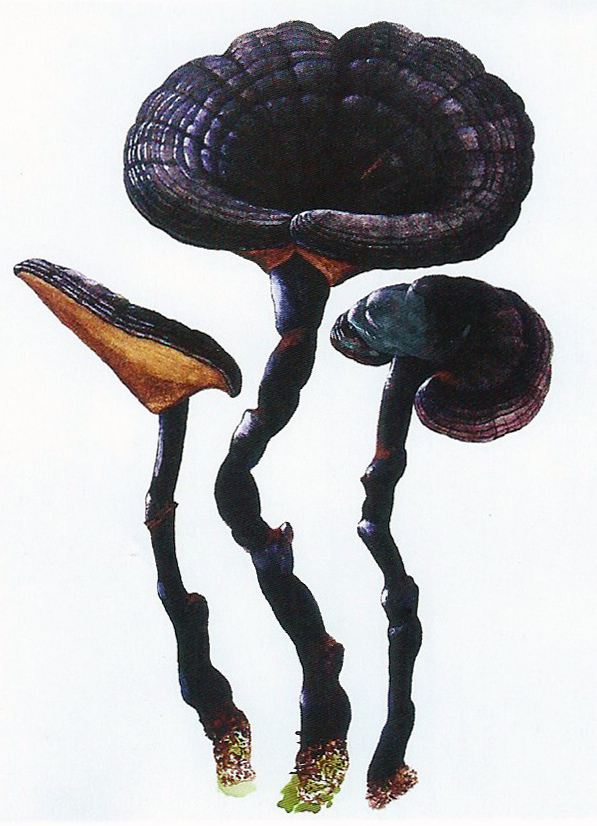
提供/許瑞祥(卯曉嵐先生作為禮物繪製)
Photo by Ruey-Shyang Hseu, painted by Xiaolan Mao as a gift.
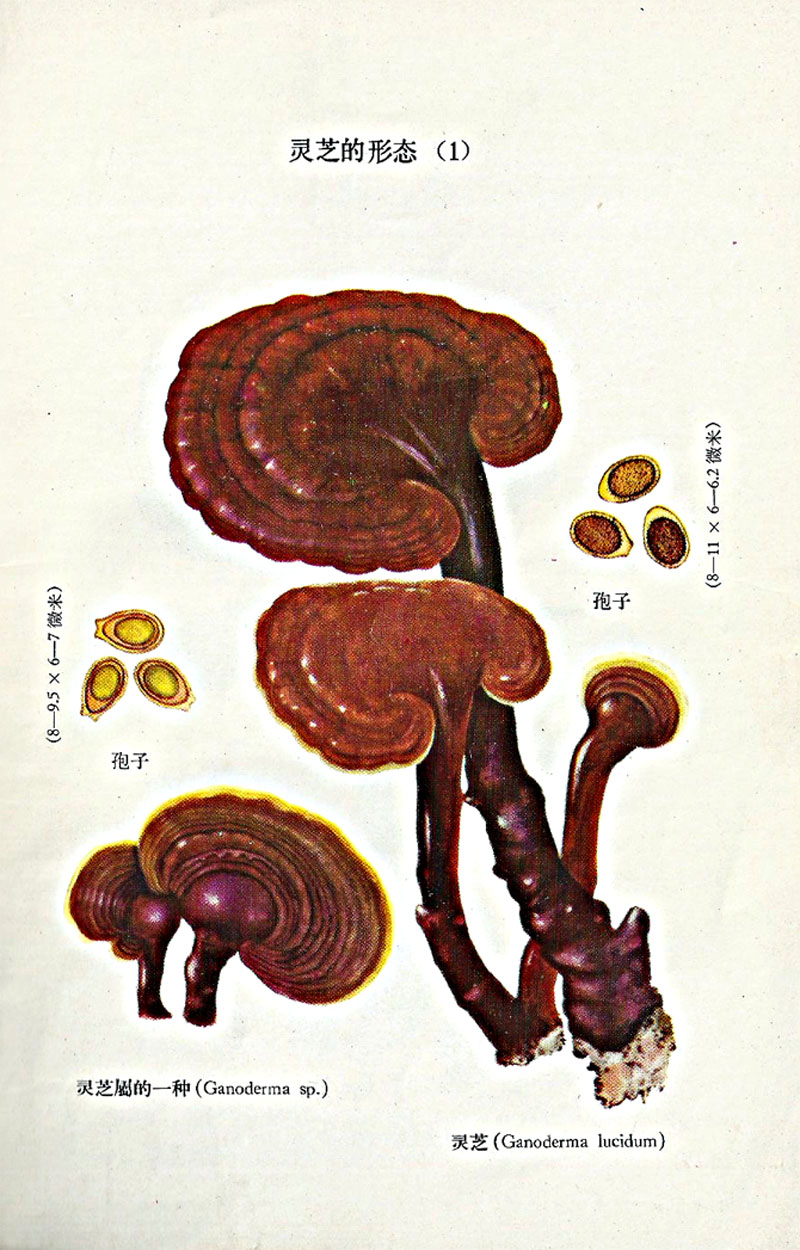
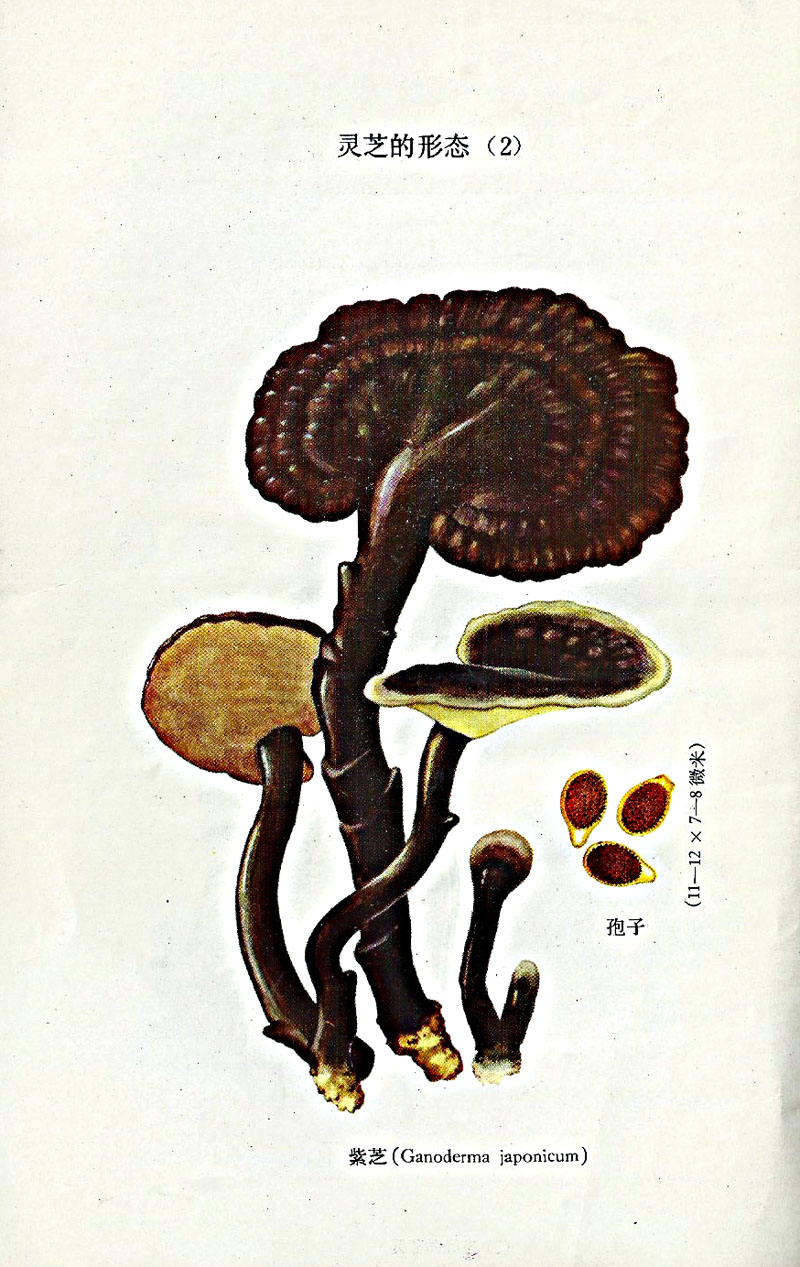
出處/《靈芝》,科學出版社,1976
Source: Lingzhi published by Science Press, 1976
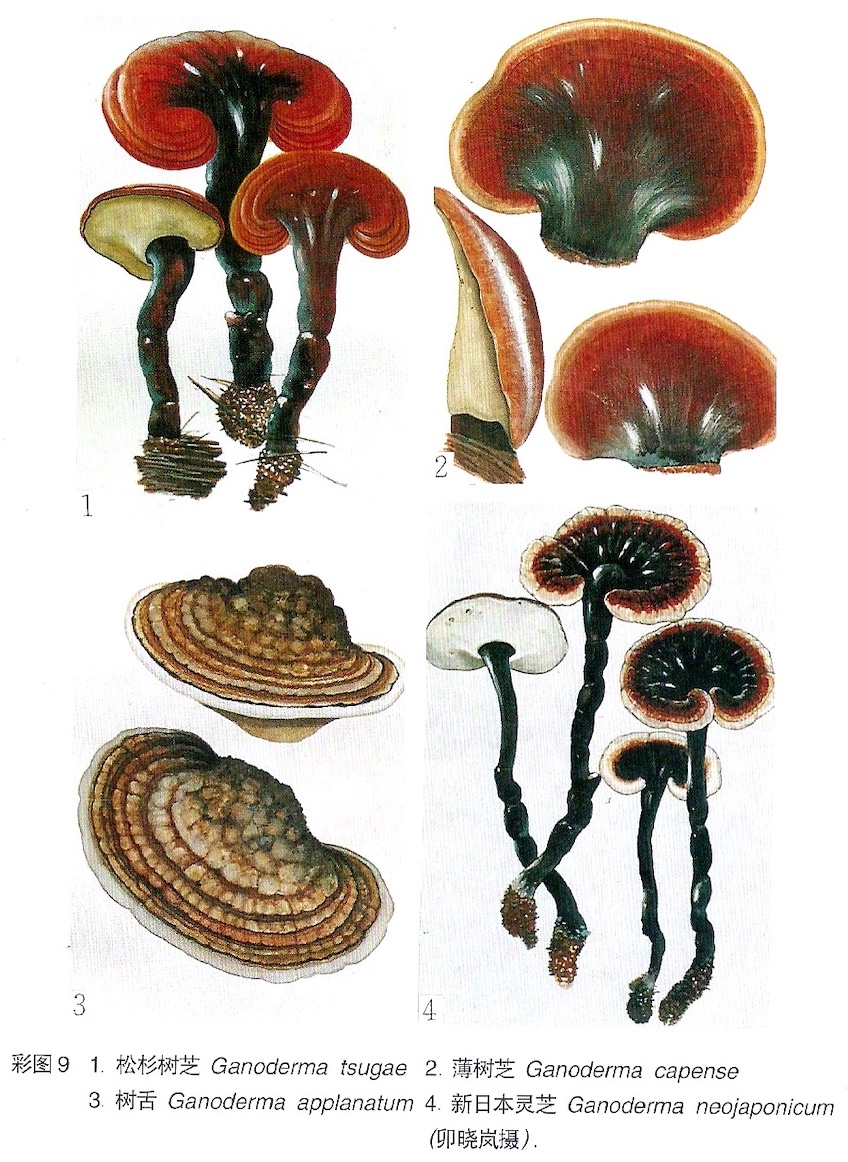
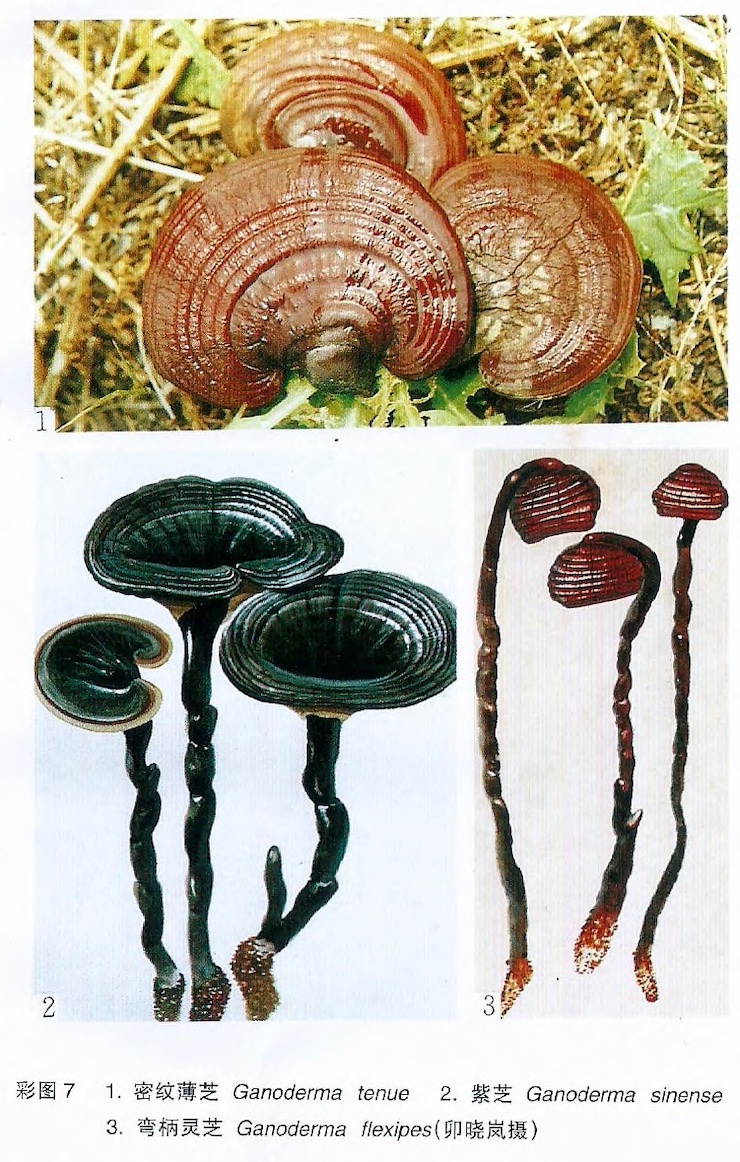
出處/《灵芝的現代研究》(第二版),北京医科大学出版社,2001
Source: Modern Research on Lingzhi (2nd Edition), Beijing University Medical Press, 2001
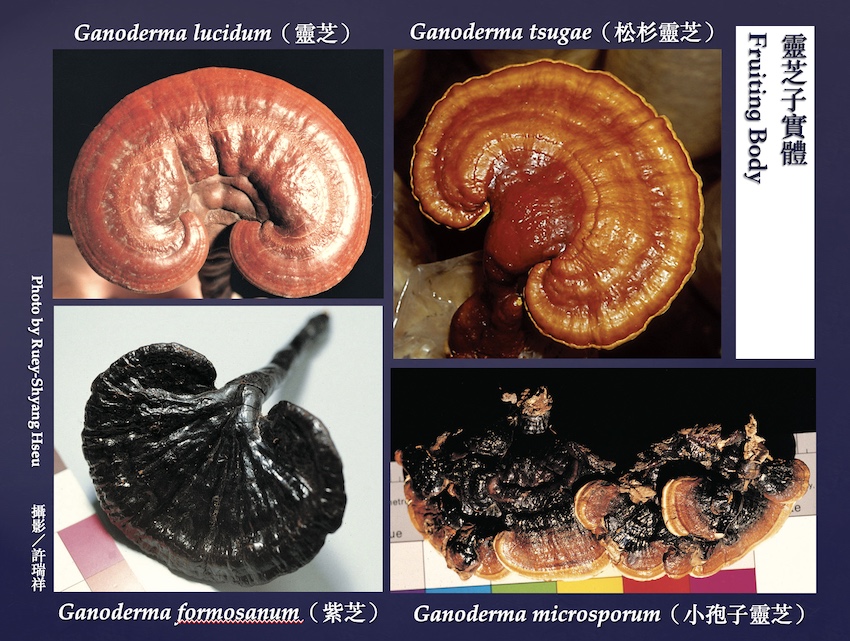
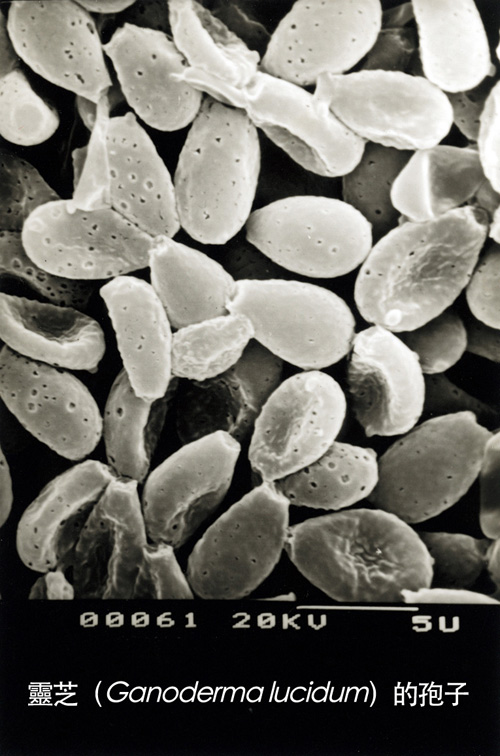
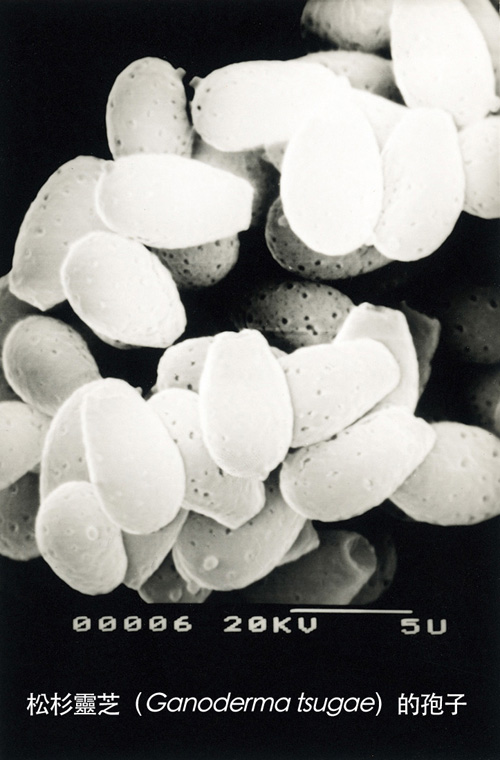
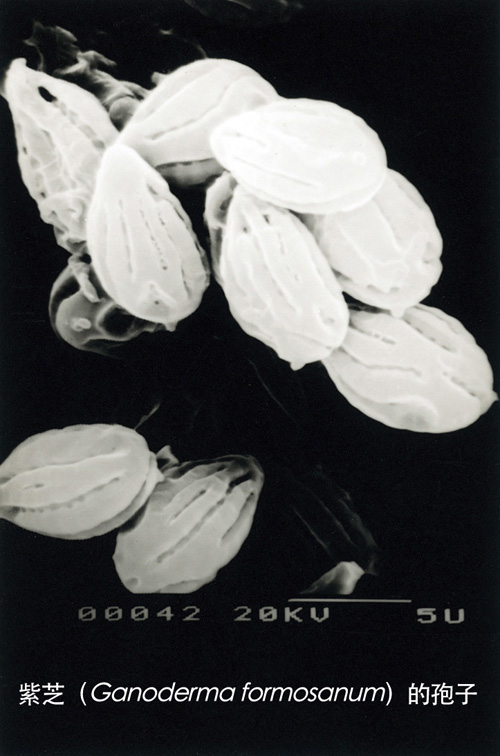
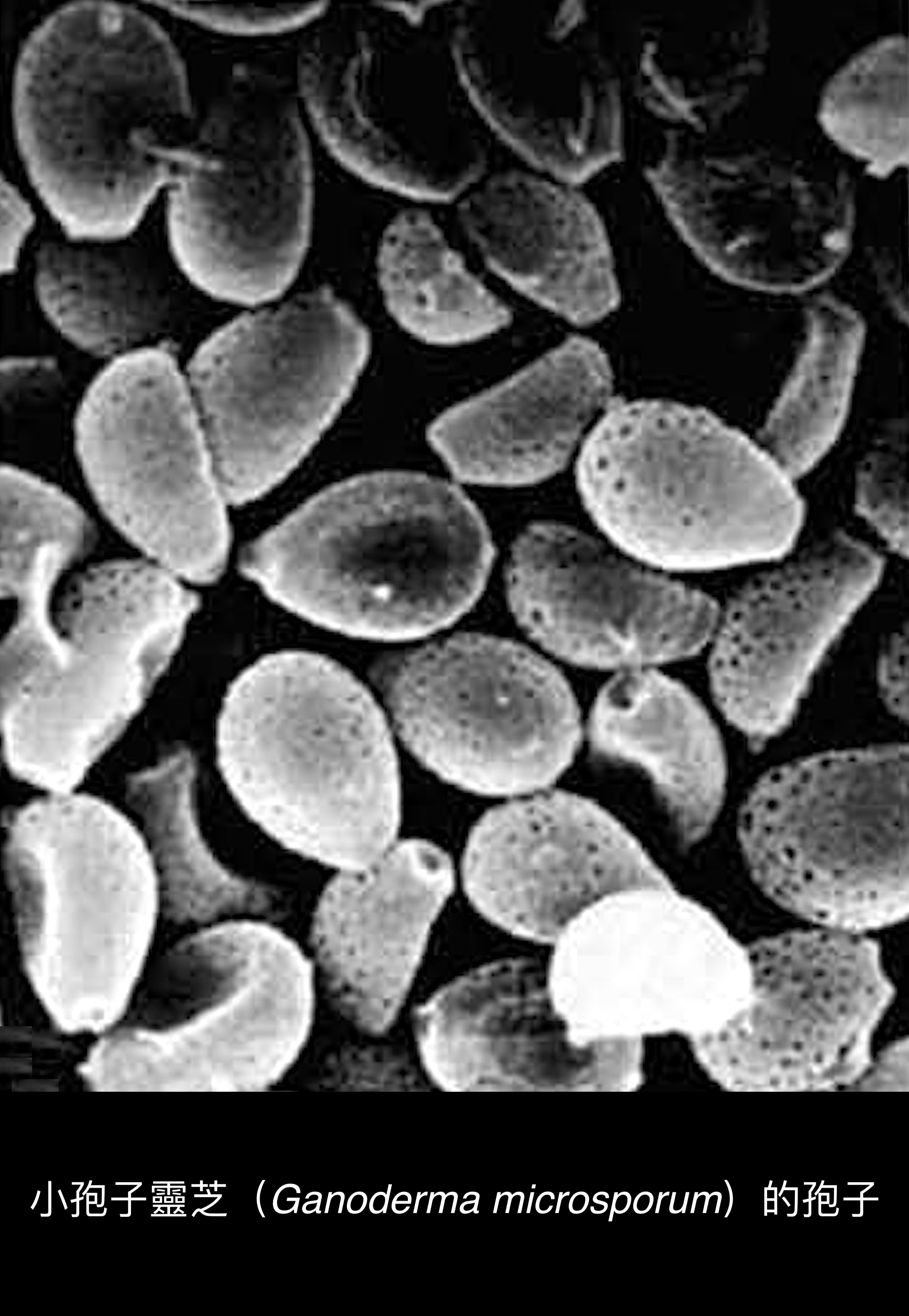
攝影.提供/許瑞祥;《靈芝的奧祕》,正義出版社(台北),1988
Photo provided by Ruey-Shyang Hseu, sourced from The Mysteries of Ganoderma, Zhengyi Publishing (Taipei), 1988.
COPYRIGHTS © Ganodermanews SINCE By 2015 ALL RIGHT RESERVED.
靈芝新聞網 版權所有 | 本網站內容作者享有其著作權,禁止侵害,違者必究
Powered by
ganodermanews.com